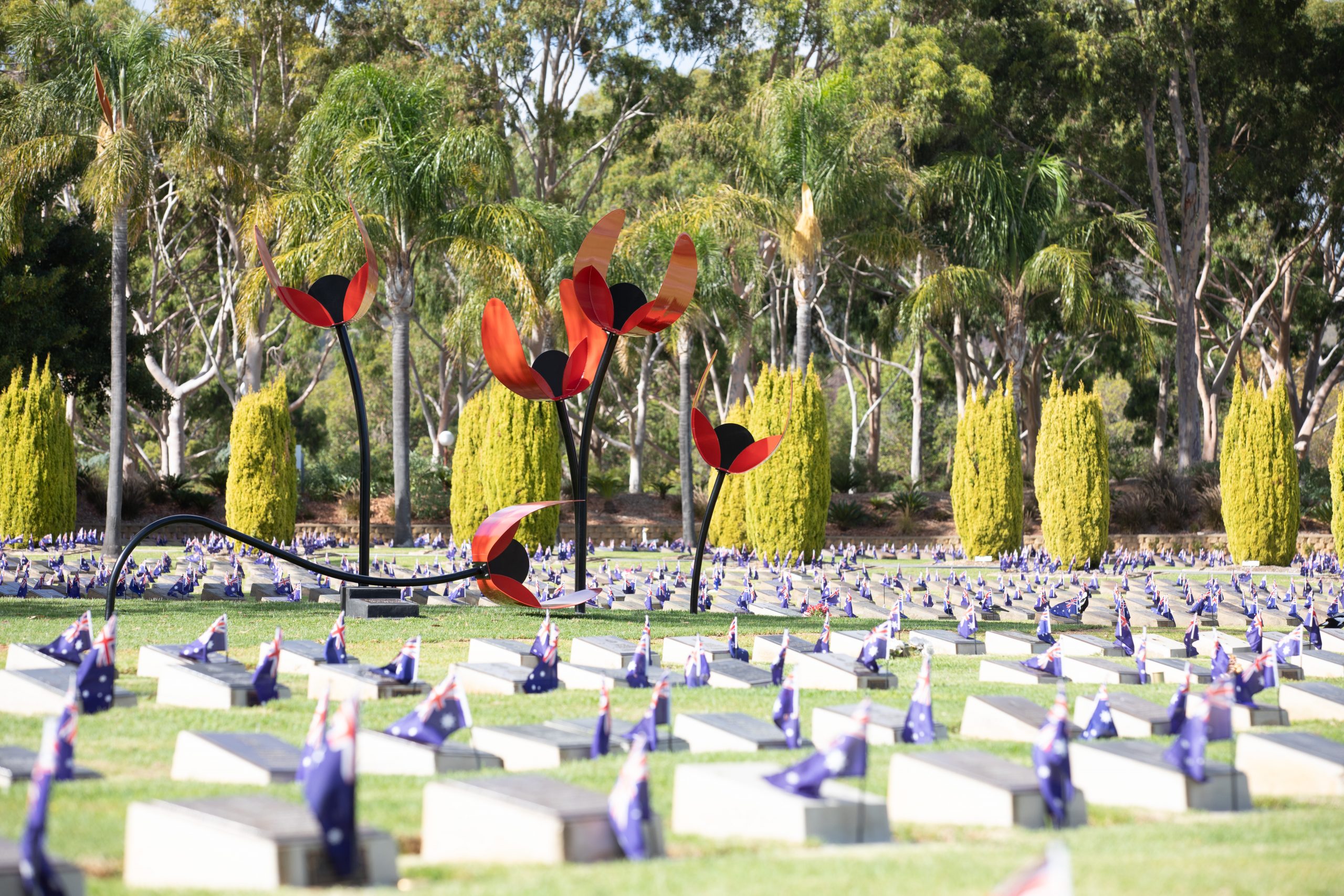Established in 1936, Centennial Park has a long and proud history serving the community of South Australia. Centennial Park consists of 40 hectares (100 acres) of grounds that include themed gardens, burial areas, and three chapels situated in the award-winning Jubilee Complex. Since our establishment, the development that has occurred within Centennial Park has been deemed visionary and we are proudly recognised as a leading world authority in cemetery management practices.
1930s
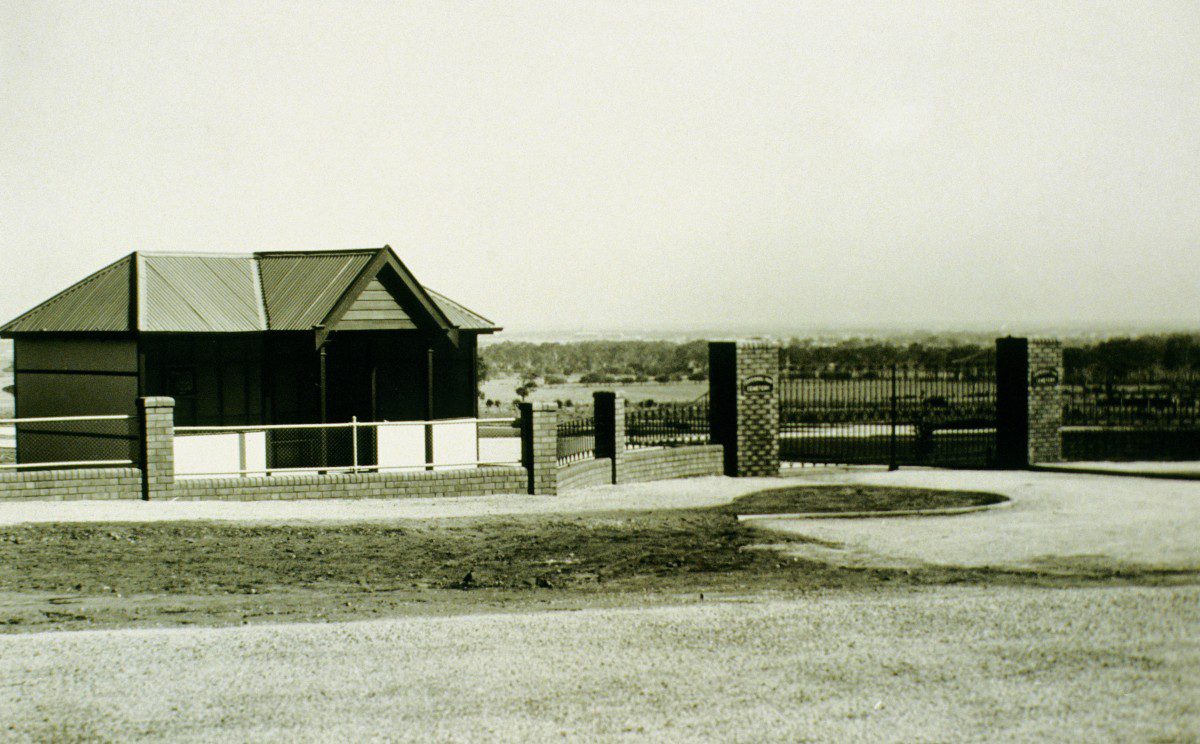


The Establishment of Centennial Park
World War I and The Great Depression resulted in many of the cemeteries of the day falling into disrepair and becoming rundown due to the lack of funds.
In the mid-1930s a sub-committee of the Mitcham, Unley and Marion councils was formed to draw up a scheme for a jointly controlled public cemetery. Although Marion council ultimately withdrew from the scheme, both Unley and Mitcham Councils were committed to finding a site. Many sites were suggested but ultimately an area on Goodwood Road at Springbank was chosen as the most suitable location. This land was to be purchased for £4,000 at a cost of £100 per acre.
Both Mitcham and Unley councils were looking at ways to commemorate the centenary of South Australia’s proclamation. They jointly decided that the creation of a new cemetery was the ideal opportunity to do so. The name Centennial Park as a concept was born.
Centennial Park became a trendsetter in South Australia and influenced cemetery development throughout Australia. In contrast to other cemeteries within the state, Centennial Park was developed around the concept of the lawn and garden cemeteries that were becoming increasingly popular overseas. This new design was said to be “beneficial to public morals and an enemy to preternatural fear and superstition”.
1940s


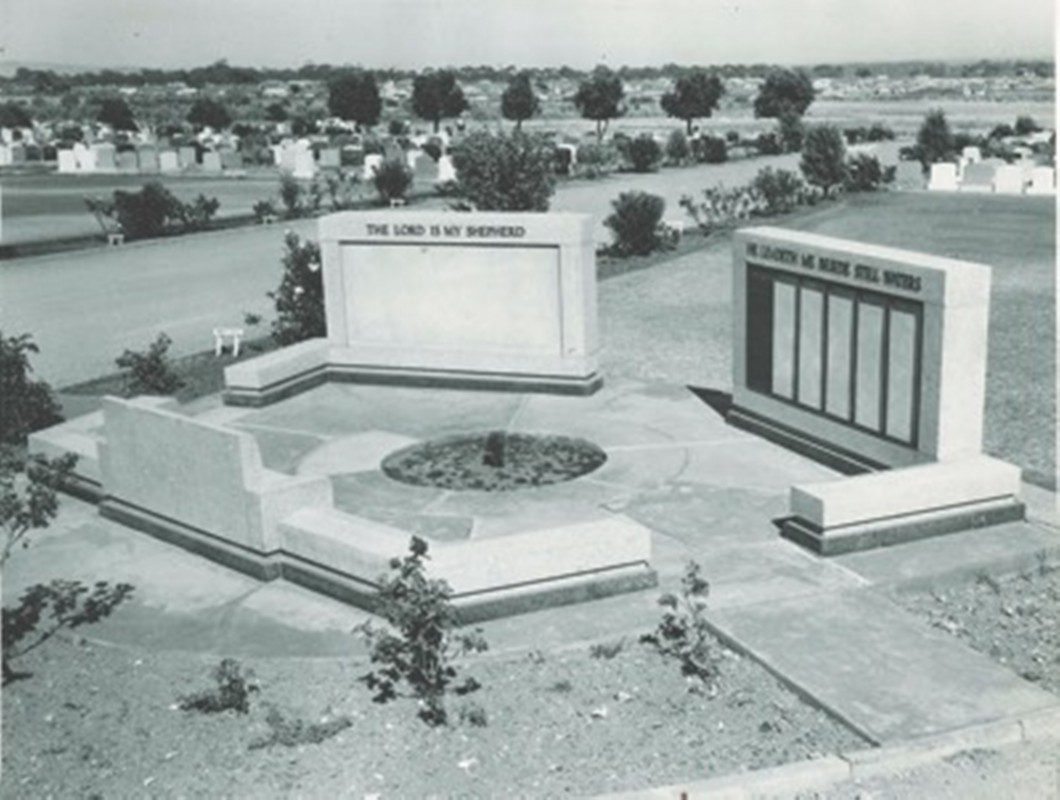
The Effects Of War
The advent of war saw land on Daws Road being used for the establishment of a military hospital. Centennial Park was an obvious destination for those patients who succumbed to their illness or war wounds.
In 1942 the Centennial Park trustees set aside two military sections, one for Australians and one for American and other allies. The first interment into the war grave section occurred on 1st April 1942.
The two war graves sections exist today with a total of 198 interments spread over both sections. The positions were originally marked with temporary wooden crosses before the current permanent memorials were progressively installed by the War Graves Commission being commencing in 1947.
The war cemetery was never expected to be an area that would continually expand, therefore the War Graves Commission deemed that the official interment period ended on 31st December 1947. As a result, no further burials were to take place in the war cemetery after that date.
Cross of Sacrifice
Unveiled on the 5th September 1948, The Cross of Sacrifice at Centennial Park represented the first post-World War II site to have a Cross of Sacrifice.
The Cross of Sacrifice is a Commonwealth war memorial originally designed in 1918 and representing war cemeteries containing 40 or more graves. The height of the crosses erected at all war cemeteries is determined by the number of graves and ranges between 18 to 24 feet.
1950s – 1970s



The Growth of Cremations
In the 1950s, cremations were becoming more and more popular in Australia. The Centennial Park trustees pushed for a licence to build and operate their own crematorium. They were notified on 22nd September 1953 they could proceed with preliminary work, pending formal issue of the licence. Nearly 12 months later, on 2nd September 1954, the license to build a crematorium was issued.
There were delays experienced in the construction of the crematorium with the supply of cream bricks restricted due to the post war construction boom. The new crematorium was officially opened by Premier Tom Playford at 3.00 pm on Sunday 11th December 1955 with the first cremation taking place the following day.
Derrick Gardens
Following the decision of the War Graves Commission to close the War Cemetery at the end of 1947, there was nowhere for persons who had voluntarily enlisted for war service to be interred. Working closely with the RSL an area named Derrick Gardens was set aside for such a purpose. Derrick Gardens was established in 1956 along with the RSL niche walls for those who had been cremated.
Derrick Gardens is named after Lieutenant Thomas Currie Derrick, VC, DCM (Diver Derrick). In the assault on Sattelberg in November 1943, Derrick displayed great leadership and courage, for which he received the Victoria Cross. Just as the attack was looking to have been futile, he took charge and engaged the enemy at close quarters with grenades. He then led his men in destroying ten enemy posts and held the ground during the night. Derrick’s exploits brought him to wide public attention. He was a legendary figure in the 9th Division.
The 1960’s was a time of growth for Centennial Park. Cremation was growing in popularity resulting in congestion around the crematorium and its single chapel. By 1965 plans were commissioned for a second chapel to be built. John McLeay Chapel opened on 26th June in honour of the Honourable Sir John McLeay, Chairman of the Centennial Park Board of Trustees since 1936.
1980s


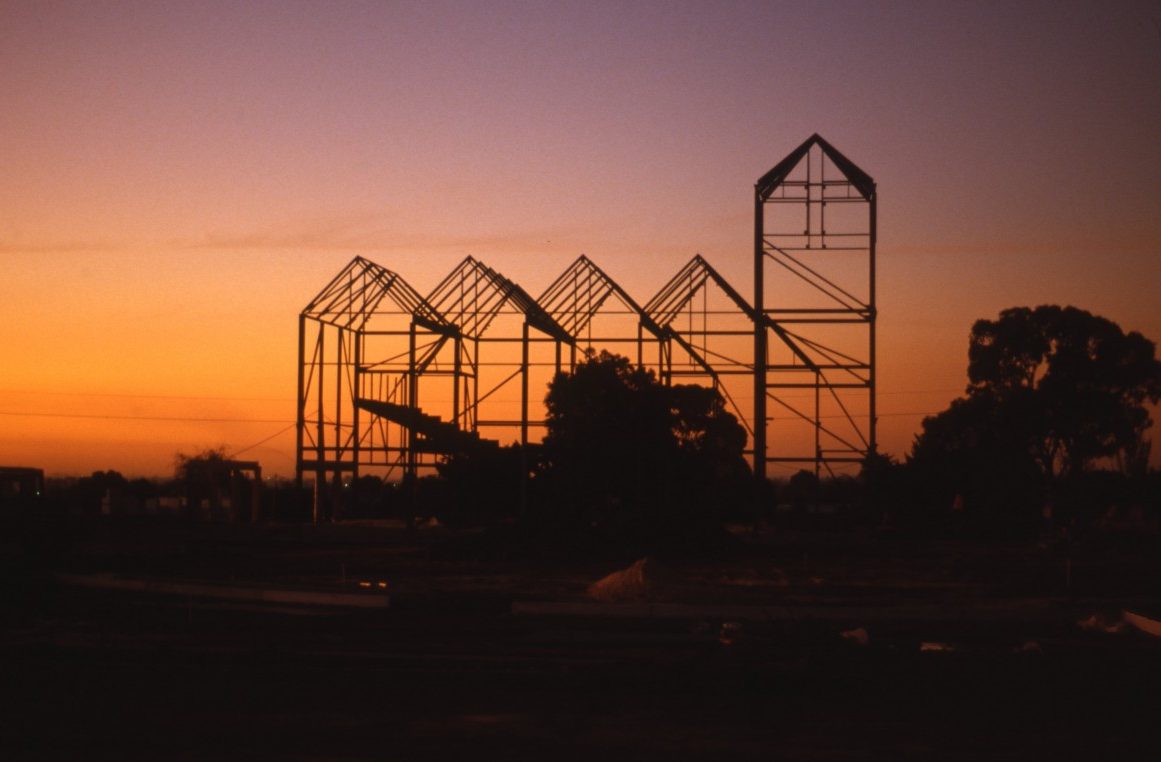
The Forefront Of Change
Traditionally crematoriums and chapels where situated in the same building. The Centennial Park trustees forged ahead with a plan for building new cremators in a separate location to the chapels. The concept of separating the two facilities was more than likely originated in response to the long history of complaints of mourners being exposed to smoke, ash and smell. This was not just at Centennial Park but all crematoria facilities worldwide. In international terms the separation of the chapels from the crematorium was a distinctive idea.
Jubilee Complex
The award-winning Jubilee Chapel Complex was opened on Sunday the 16th November 1986, 50 years from the official opening of Centennial Park, and was an immediate success. Any early resistance was soon overcome by the sheer quality and size of the facilities provided.
The name Jubilee was chosen as it was opened in South Australia’s Jubilee year.
The Complex consists of three chapels, the Heysen, the Florey and the Mawson. All Chapels are named after prominent South Australians. Sir Hans Heysen a South Australian artist who captured the raw grandeur of south Australia’s bush, Lord Howard Florey, a pathologist and microbiologist, who was instrumental in the discovery and development of penicillin and Sir Douglas Mawson, a geologist who successfully explored the Antarctic.
The public welcomed the convenience of being able to assemble at the complex and pay their last respects in comfort.
To find out more about our Jubilee Complex please click here to explore our park.
2000s
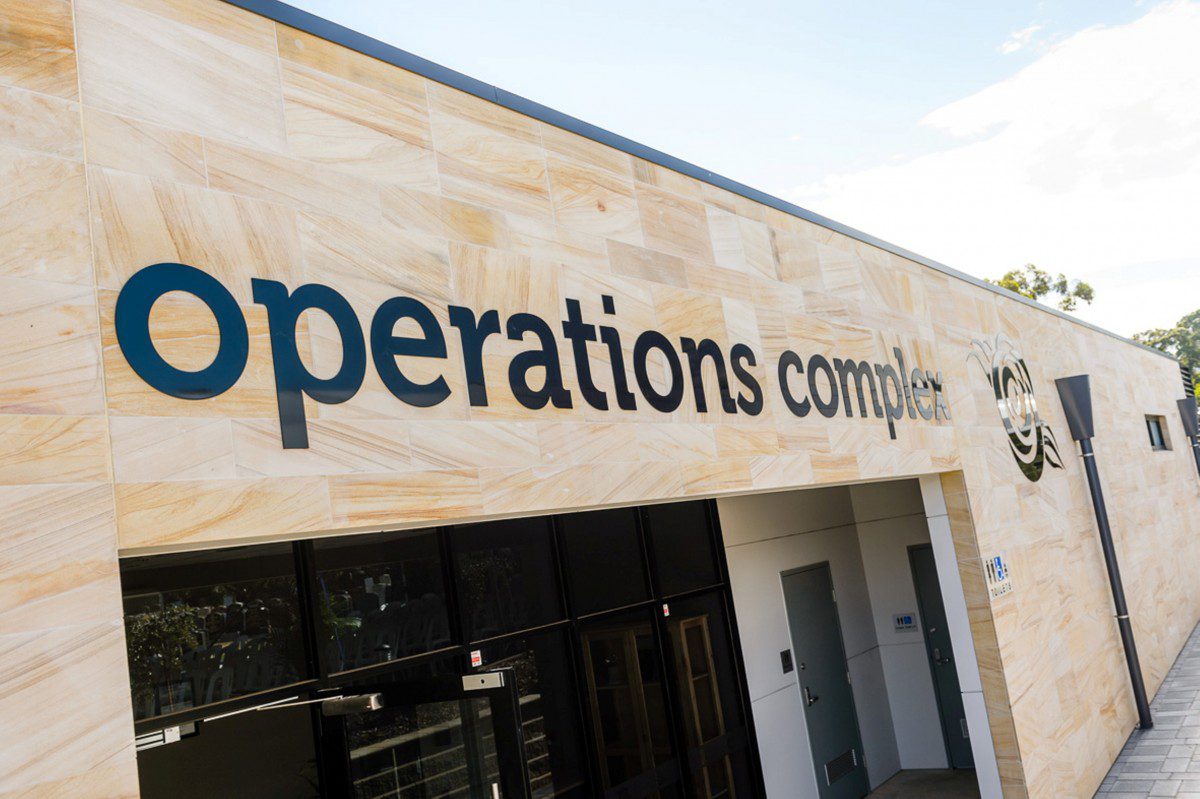

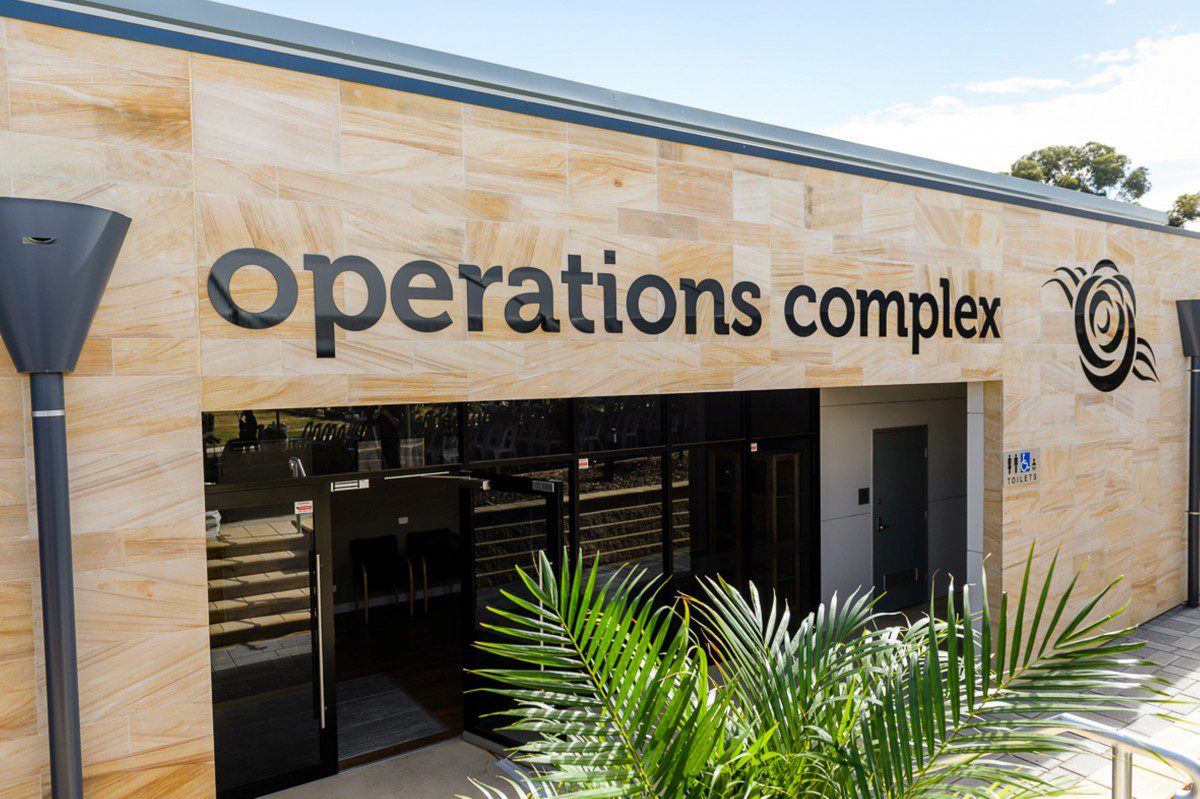
As more families moved towards the suburbs, Centennial Park found itself in the position of being landlocked by housing developments. Maximising available land to meet the needs of future generations of South Australians became a pressing issue.
Operations Complex
In 2012 a new $3.75 million operations complex was officially opened by the State’s Governor, His Excellency Rear Admiral Mr Kevin Scarce.
Built around the existing Centennial Park crematorium, the Operations Complex consolidated four operational buildings into one. The Complex houses all of Centennial Park’s operations teams including those in burial, crematorium, infrastructure and grounds maintenance. This consolidation into one new facility made valuable land available. As a result, more than 3,000 new burial spaces were created within metropolitan Adelaide.
In addition to the increased burial space, the new Operations Complex enhances its environmental performance through a range of features, including a series of sloping roofs with movable windows providing additional natural lighting and helping with ventilation and airflow, reducing the need for heating and cooling resulting in a significant amount of energy and cost savings.
Rainwater and stormwater is captured and stored in two large water tanks totalling over 400,000 litres. This water is used to irrigate the memorial gardens, reducing Centennial Park’s dependence on mains water.
Centennial Park has also included provisions that will allow it to incorporate additional environmental features in the future. The new operations complex, and its range of sustainable features, further enhances Centennial Park’s dedication to improve efficiency and its impact on the environment.
2020s
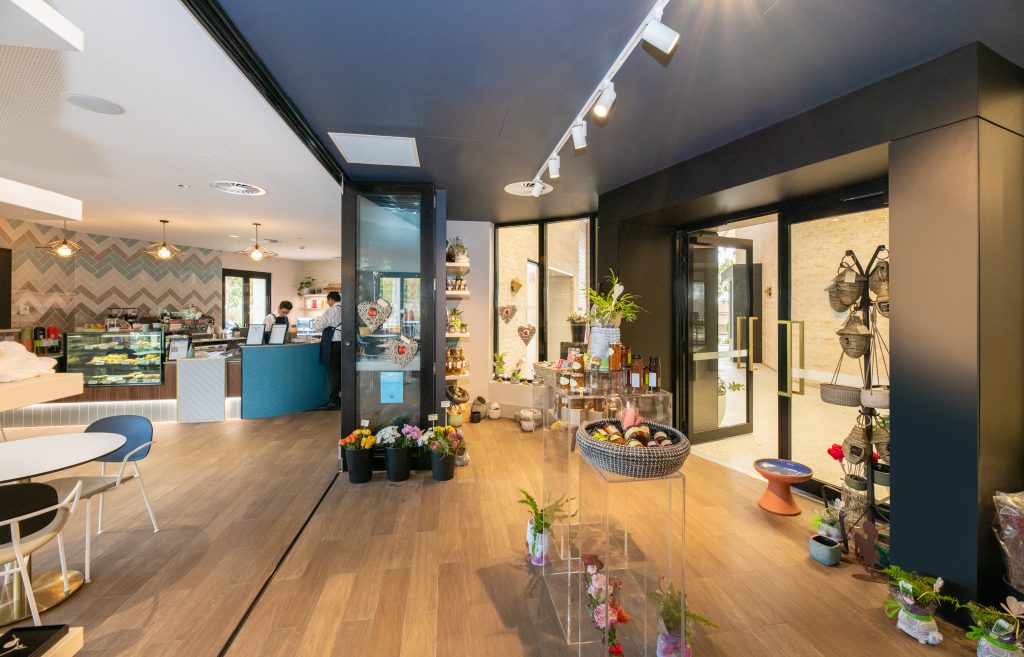
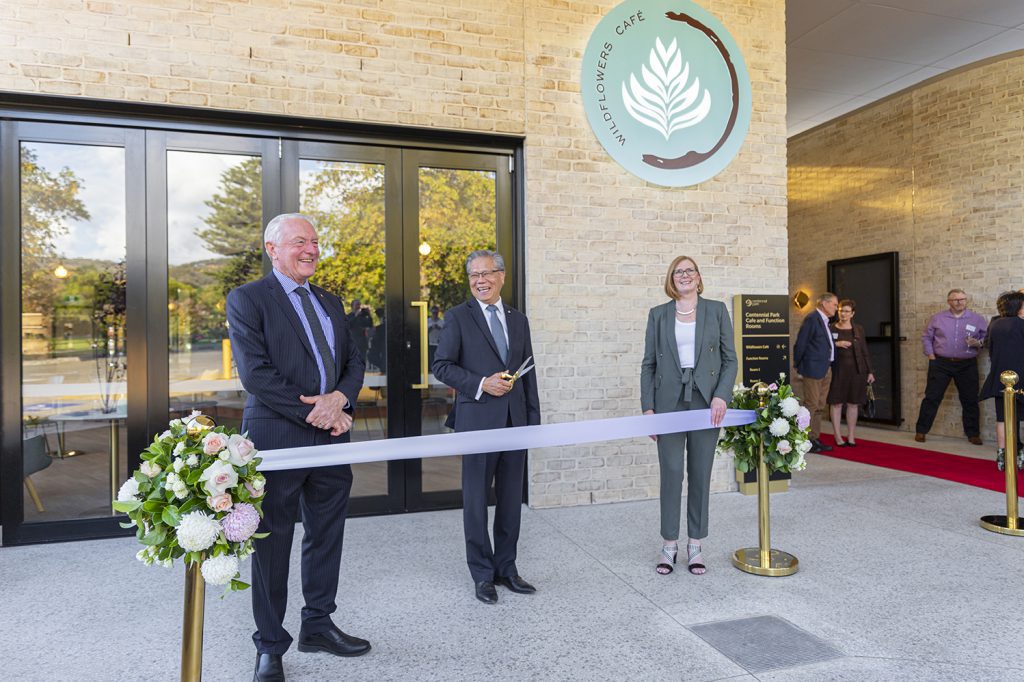

Wildflowers Café, Function Rooms and Gifts @ Centennial Park
The development of Wildflowers Café, Function Rooms and Gifts @ Centennial Park was completed and officially opened by His Excellency the Honourable Hieu Van Le AC, Governor of South Australia on 29 March 2021.
Centennial Park is very proud of this development – a first for South Australia, which involved Studio S2 architects and interior designers and Chappell Builders – two South Australian organisations.
The contemporary café and function rooms are operated by Blanco Horner, another leading South Australian organisation. Wildflowers Cafe is a place for people to enjoy coffee, or lunch, before or after a service, when they come to visit a memorial of a loved one, or even when they attend one of Centennial Park’s events.
A lot of care and thoughtful planning went into the design and development of the café and function facility. In particular, many environmental considerations included: utilising the Park’s existing trees to provide important natural shade; north-facing windows to the function rooms to make the most of the natural light; using high-level and locally made insulation and energy efficient lighting, and sections of clear roofing to let the natural light into the building.



